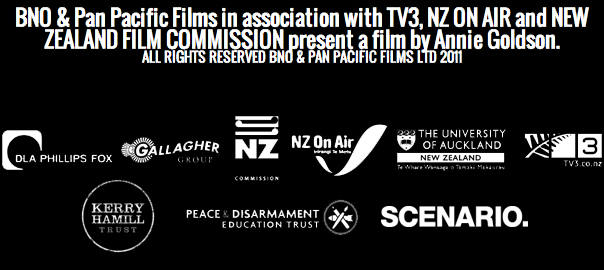Brother Number One is a complex and evocative piece of filmmaking, combining the story of past events with a parallel journey today, and a contemporary court action. This makes the story’s subject matter somewhat unstable, as the past - in terms of events which took place in Cambodia during the years of the Khmer Rouge regime - is both argued about and has been made deliberately confused, while the outcome of present events is unknown. Director Annie Goldson, writing on Brother Number One, has observed that “part of the creative documentary process is exploration and recovery”, and this indicates the double nature of the film’s investigation, to explore and recover history and stories. For this reason, this documentary provides an opportunity for students to consider the very nature of history itself, and the extent to which both national history and national identities are shaped by the stories that are told about past events. In Cambodia, the terrible events which took place during the years of the Khmer Rouge regime, and subsequently during the years of economic depression, civil war and political instability, have meant that history itself has become a ‘problem’ many would rather ignore. Cambodian prime minister Hun Sen has notoriously suggested that Cambodia should “dig a hole and bury the past” and, until recently, official accounts of Cambodian history – including school textbooks – simply left out references to the Khmer Rouge regime.
1 | View the following ‘out-take’ clip from Brother Number One: “History Book Launch”. (An ‘out-take’ is edited together from footage that did not make the final film. We shot over 200 hours altogether and the final film is just 99 mins.) Discuss the significance of this new history text book for Cambodia’s school children. What are the implications of ‘hiding’ history from new generations?
NEW CLIP: HISTORY BOOK LAUNCH
2 | Read this article from the New York Times. What combination of factors has led to such a wide-spread lack of awareness of the Khmer Rouge amongst Cambodian youth? How has this created the “generation gap” referred to by the article, and what might be the consequences of this gap?
3 | Director Annie Goldson has suggested that “30 years on, justice may not be possible, but the court at least is giving a more accurate account of history”. What is the relationship between the UN appointed war crimes tribunal (as depicted in Brother Number One) and national history? How do statements from people interviewed in the NY article cited above illuminate this relationship?
4 | View the following ‘out-take’ clip from Brother Number One: “Court impact”. Cambodian historian Sophal Ear describes the court in this clip as a “mechanism for sensitising people” and a “tool for reconciliation”, while author and historian Peter Maguire suggests that the court might generate a degree of “historical accountability”. Explain the ideas expressed by both Ear and Maguire, and explore how they position the court differently in terms of its relationship to history and the Cambodian people.
NEW CLIP: COURT IMPACT
5 | Brother Number One presents history through a series of intimate interviews and testimonies, as well as evocative sounds and images. How effective is a film such as Brother Number One at representing past trauma and its present consequences? What is the role of documentary film making in restoring social memory and reconstructing national history?

